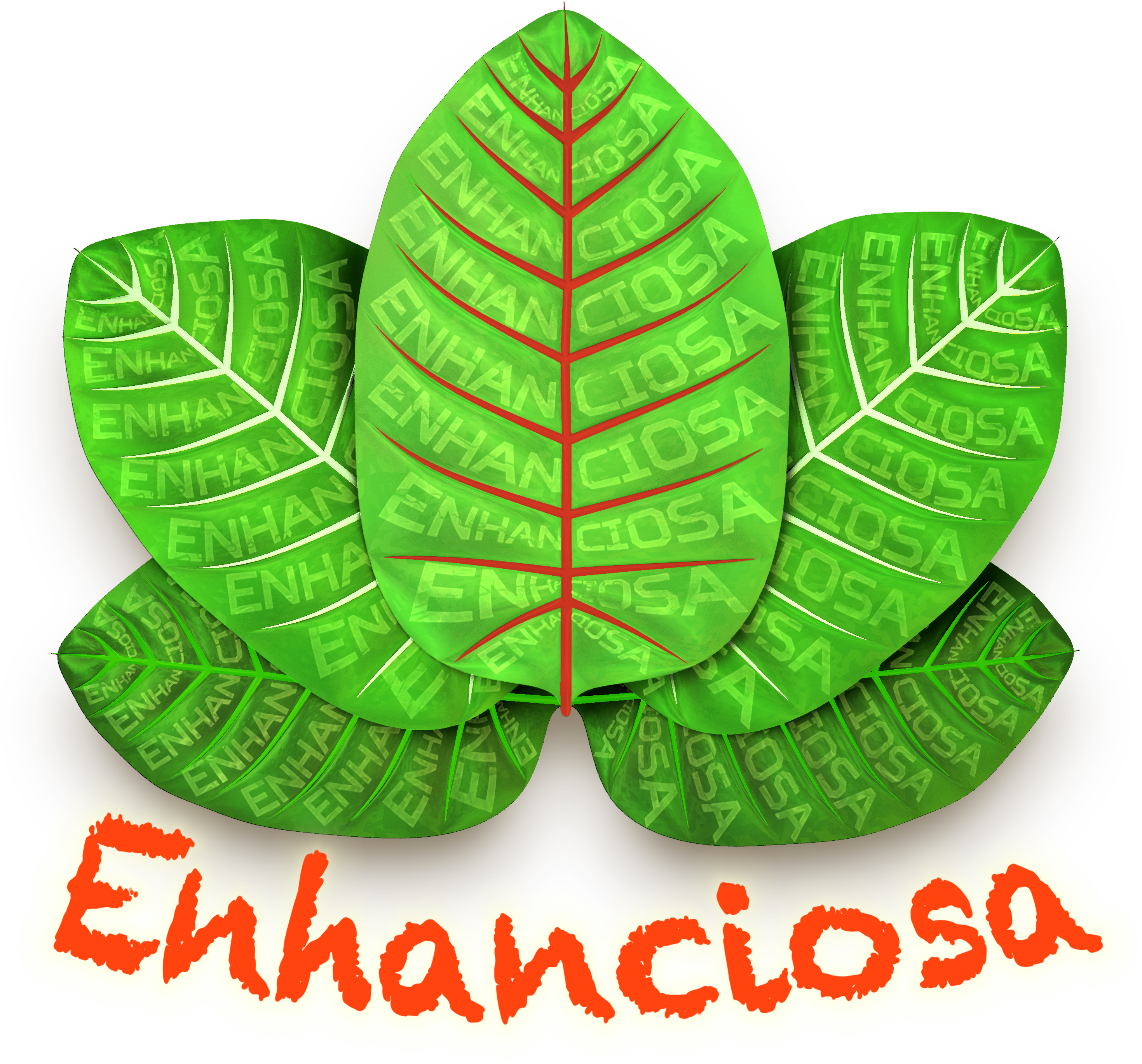In the realm of natural stimulants, Kratom and coffee often find themselves under the scientific microscope. While both are popular choices for individuals seeking a cognitive and energetic boost, a detailed examination reveals intriguing similarities and differences. In this article, we’ll delve into the scientific parallels and distinctions between Kratom and coffee, providing you with an evidence-based understanding of these two beloved stimulants.
Kratom and Coffee: Botanical Background and Chemistry
Kratom, scientifically known as Mitragyna speciosa, is an evergreen tree native to Southeast Asia. Its leaves contain alkaloids, with mitragynine and 7-hydroxymitragynine being the most studied. These alkaloids interact with receptors in the brain, producing various physiological and psychological effects. Coffee, derived from the beans of the Coffea plant, is rich in caffeine, a well-known stimulant that primarily affects adenosine receptors.


Similarities in Stimulation: The Role of Adenosine Receptors
One of the most notable similarities between Kratom and coffee is their ability to provide a stimulating effect through the interaction with adenosine receptors in the brain. Caffeine in coffee blocks adenosine receptors, preventing the onset of drowsiness and promoting alertness. In Kratom, mitragynine and 7-hydroxymitragynine also interact with adenosine receptors, contributing to increased wakefulness and energy.
Key Differences: Mechanisms of Action
While both Kratom and coffee stimulate adenosine receptors, their mechanisms of action differ. Coffee’s effects are primarily attributed to caffeine’s antagonistic interaction with adenosine receptors, leading to an acute increase in alertness. Kratom’s alkaloids, on the other hand, exhibit a broader array of interactions, including with opioid receptors, contributing to its nuanced and potentially longer-lasting effects.
Usage Patterns and Psychopharmacology
Coffee is a widely accepted part of daily life, with a well-established usage pattern, often consumed in the morning to counteract sleepiness. Kratom, although used selectively for stimulation, also has psychopharmacological effects that may include mood enhancement and relaxation, making its usage pattern less uniform than that of coffee.
Variety of Strains and Blends: Chemical Diversity
Both Kratom and coffee offer a diverse range of options to cater to individual preferences. Kratom comes in various strains, each with a unique alkaloid profile and potential effects, while coffee enthusiasts can explore different bean varieties and roasting methods that contribute to varied flavor profiles and caffeine content.
Moderation and Responsible Use: A Common Thread
Whether you opt for Kratom or coffee, responsible use is paramount. Scientific evidence supports the idea that moderation and gradual adjustment of consumption levels are key to maximizing benefits while minimizing potential adverse effects. Overconsumption of either substance can lead to discomfort and, in the case of caffeine, adverse health effects.
Kratom & Coffee: A Comparative Overview
| Aspect | Kratom | Coffee |
|---|---|---|
| Botanical Origin | Southeast Asia | Coffea plant |
| Primary Alkaloids | Mitragynine, 7-hydroxymitragynine | Caffeine |
| Stimulation Mechanism | Interaction with adenosine receptors | Blocks adenosine receptors |
| Effects | Nuanced and potentially longer-lasting | Acute and intense alertness |
| Usage Pattern | Selective, potential mood enhancement | Widespread, morning ritual |
| Variety of Options | Various strains with unique profiles | Different bean varieties and roasting methods |
| Psychopharmacology | Broad interactions, including with opioid receptors | Primarily adenosine receptor antagonism |
| Moderation | Essential for safe use | Important to avoid overconsumption |
| Preference | Depends on individual goals and preferences | Depends on individual goals and preferences |
Conclusion: Science and Personal Preference
In the scientific evaluation of Kratom vs. coffee, the choice between these two natural stimulants often comes down to personal preference, and the desired effects may vary from person to person. Some individuals prefer the rapid and intense alertness provided by coffee, while others appreciate Kratom’s nuanced and potentially longer-lasting stimulation.
Scientific understanding of the parallels and distinctions between these stimulants allows for an informed choice that aligns with your needs and preferences. Whether it’s a morning cup of coffee or an exploration of Kratom strains, both substances can be enjoyed responsibly as part of a well-balanced lifestyle, guided by scientific knowledge and personal preferences.


